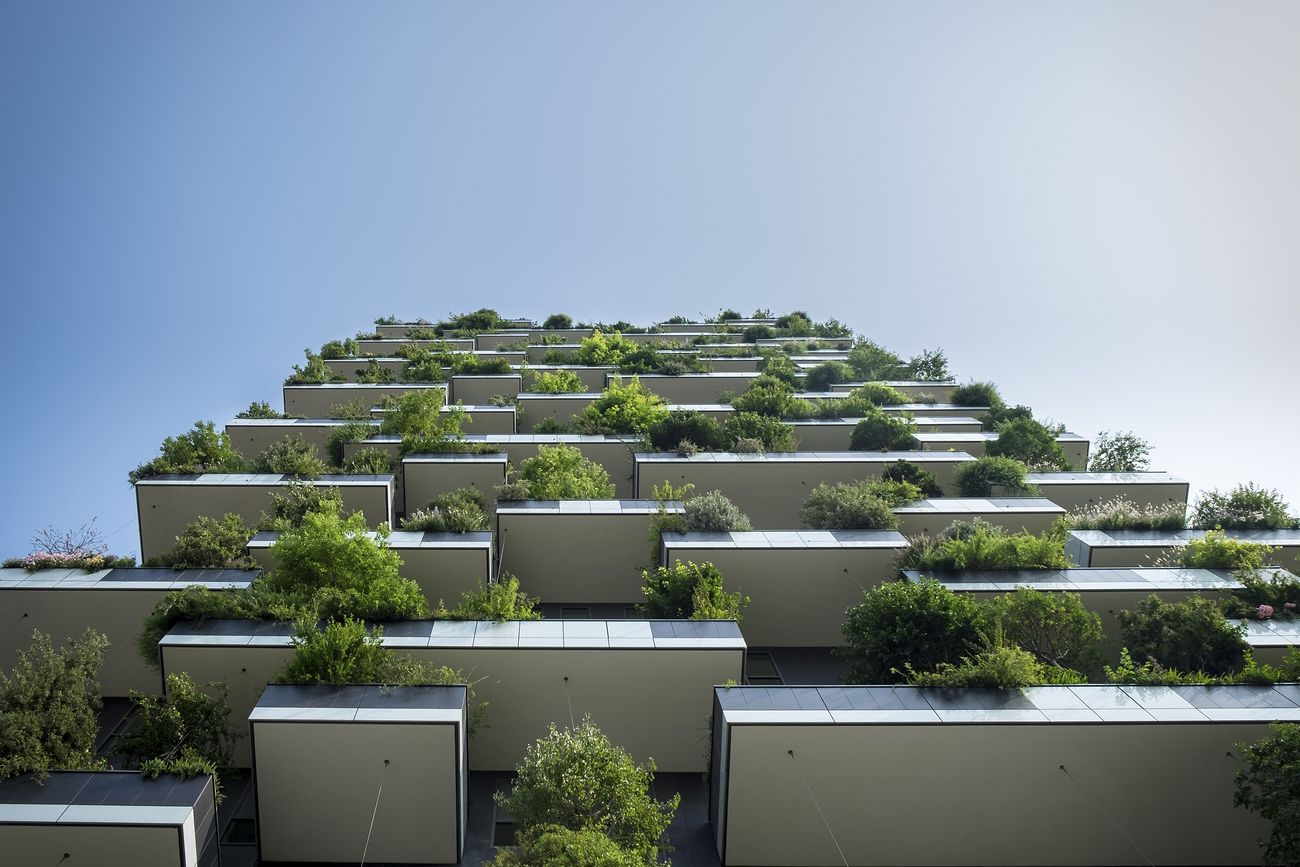What will the EU do on green homes? Bank of Italy report

Criticisms and suggestions from Bank of Italy for the energy efficiency of buildings after the approval of the European directive on green homes
The European directive on the energy efficiency of buildings, better known as the " green homes directive", could "impose significant obligations in a limited time frame" and have "a significant impact on Italian real estate". We can read this in a recent report from the Bank of Italy, entitled Improving the energy efficiency of homes in Italy: the state of the art and some considerations for public interventions .
HOW MUCH DO BUILDINGS AFFECT EU EMISSIONS
According to the authors of the report, “the commitment to de-carbonisation does not necessarily have to materialize through mandatory targets on EE [energy efficiency, ed. ] of the residential sector, even if the latter is responsible for a significant share of emissions. Other forms of intervention could be more efficient in terms of costs, or capable of achieving a greater reduction in climate-altering gases for the same expense."
Buildings – according to European Commission estimates – are worth 40 percent of community energy consumption and are responsible for 36 percent of greenhouse gas emissions; approximately 75 percent of European real estate is inefficient from an energy point of view.
ITALIAN REAL ESTATE HAS LOW ENERGY EFFICIENCY
The Italian real estate stock is made up of 36 million homes (out of a total of approximately 77 million real estate units), "with a significant share that has unsatisfactory energy performance characteristics. The Italian real estate market is characterized by the large share of properties in which the owners reside, while the rented share is relevant only for the poorest families".
WILL GREEN HOUSES REALLY STIMULATE EUROPEAN DECARBONIZATION?
According to Bank of Italy, "the spending on the Superbonus , taking into account engineering estimates on the effectiveness of the interventions, gave rise to a reduction in emissions far below that which could have been achieved with alternative choices". Furthermore, the growing electrification of energy consumption – that is, in concrete terms, the replacement of gas stoves and boilers with, respectively, induction hobs and heat pumps – and the greater availability of clean sources for electricity generation "would make energy saving is less relevant for the objectives of de-carbonisation".
In other words: if in the near future electricity consumption will cause fewer and fewer emissions thanks to the replacement of fossil fuels with renewable ones, does it make sense to invest large sums in the energy efficiency of homes? Furthermore, the report specifies that "the evidence of positive returns [of the energy requalification of homes, ed. ] is not, however, a guarantee that the relationship between costs and benefits of investments in energy efficiency is positive".
WE NEED MORE DATA
In evaluating the convenience of energy efficiency regulations, Bankitalia speaks of a "critical element" which has to do with the "poor availability of data on the energy efficiency of homes, energy consumption and past incentive measures. A wider availability of this information would favor transparency and market developments (such as the action of banks and the private sector in favor of investments in EE)”.
“It could be useful”, we read in the study, “for companies supplying energy services to highlight the savings that would be obtained after investments in EE (for example by providing the average consumption of similar homes in terms of characteristics of the property and the nucleus in the bill familiar, but belonging to energy classes with better performance)".
BANKITALIA'S ADVICE ON INTERVENTIONS CHARGED TO THE PUBLIC BUDGET
In the conclusions of the report, Bank of Italy highlights five "important" aspects relating to energy efficiency interventions borne by the public budget. Here they are:
- The selection of the beneficiaries and the properties to be supported should be such as to direct the resources mainly to needy families (e.g. identified on the basis of the ISEE) and, family conditions being equal, to the less efficient homes in terms of energy, limited to those that they are busy most of the time. In the case of private rented homes, the possibility of granting strengthened fiscal incentives (for example, forms of preferential taxation of the rent) upon reaching certain levels of EE could be evaluated, or of making the rental subject to compliance with minimum standards, such as it happens in other countries, always providing tax breaks for efficiency. For public housing (ERP), the cost of investments could be fully or largely supported directly by public ownership through a state fund that co-finance the redevelopment interventions, including design costs.
- As regards the method of intervention, as already happens in other countries, it could be articulated in a more balanced mix of instruments that takes into account the characteristics of the different categories of recipients: tax deductions and credits (currently prevalent in Italy ) forms of direct subsidy and support for access to credit could be added.
- The measure of the incentive should always include a cost sharing by the beneficiary to limit moral hazard risks and be modulated in relation to the expected energy savings, the cost of the intervention and the income and asset characteristics of the recipients.
- As regards public finance profiles, if in the future it is desired to increase public resources compared to the situation before the Superbonus, adequate and certain forms of financing interventions should be identified, which could derive, for example, as a priority, from selected cuts to subsidies environmentally harmful and by the introduction of a carbon pricing system complementary to the EU-ETS.
- Finally, it would be necessary to ensure an adequate level of stability and certainty of the incentive.
This is a machine translation from Italian language of a post published on Start Magazine at the URL https://www.startmag.it/economia/efficienza-energetica-case-rapporto-bankitalia/ on Mon, 22 Apr 2024 14:38:50 +0000.
